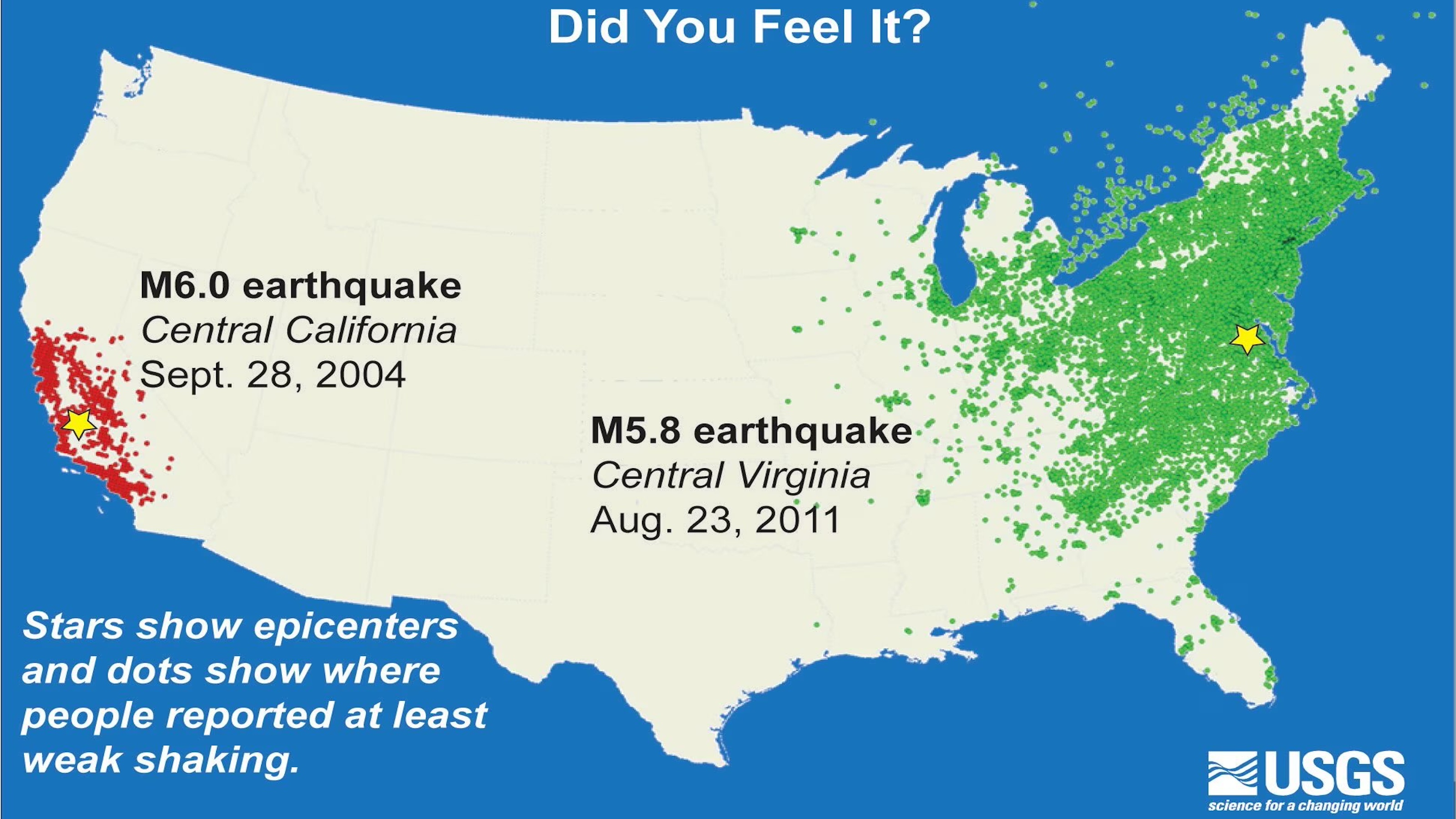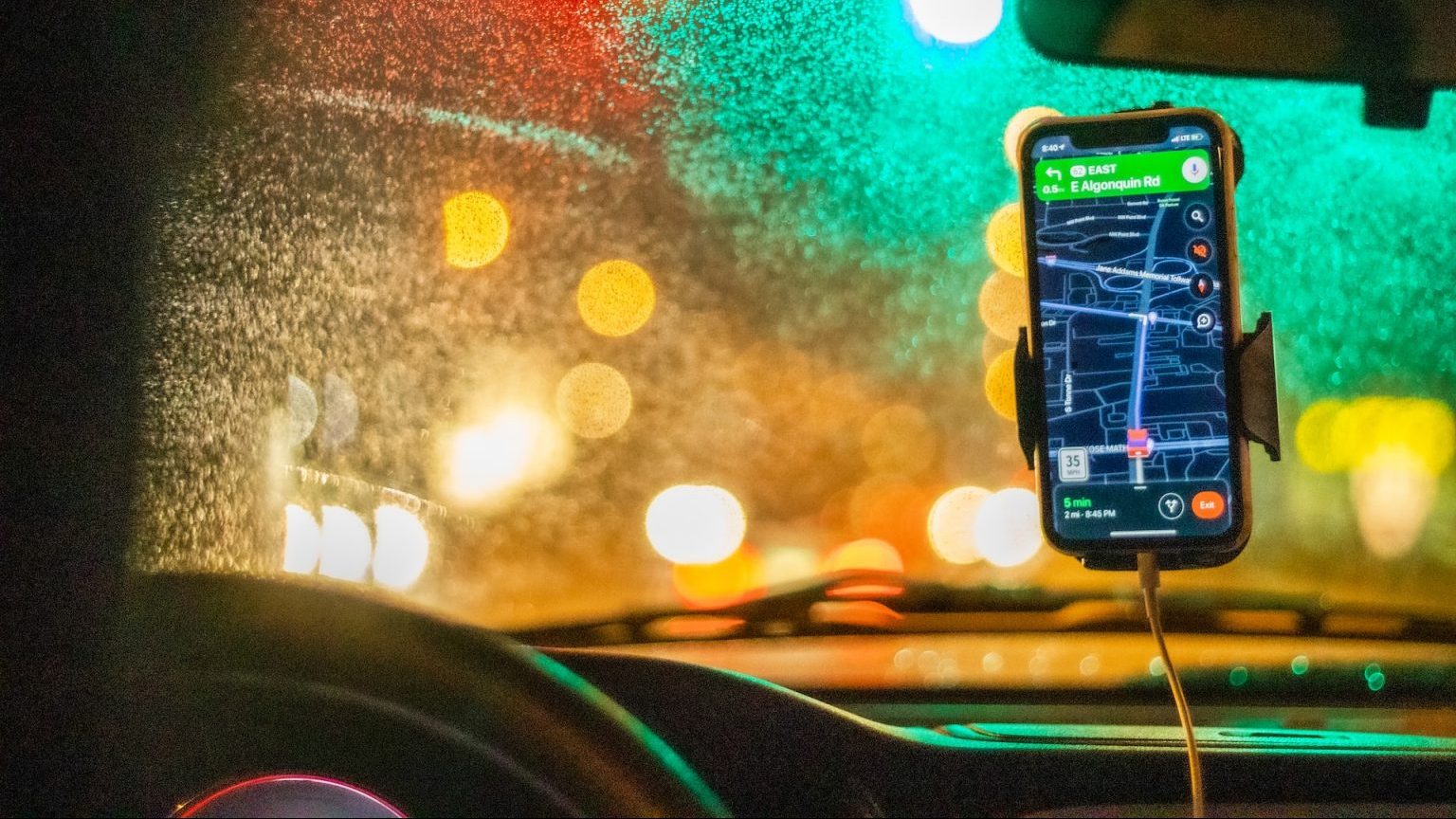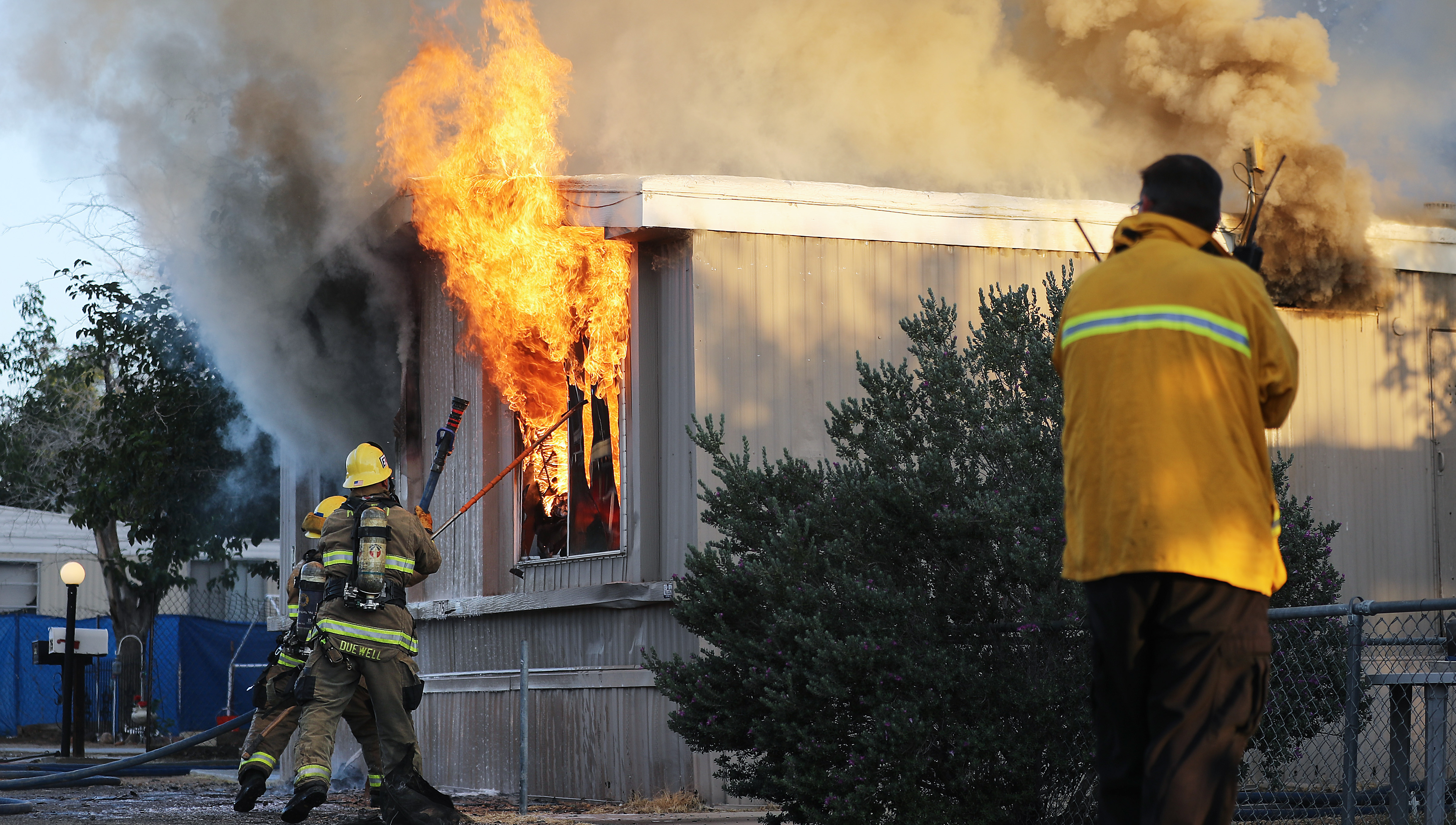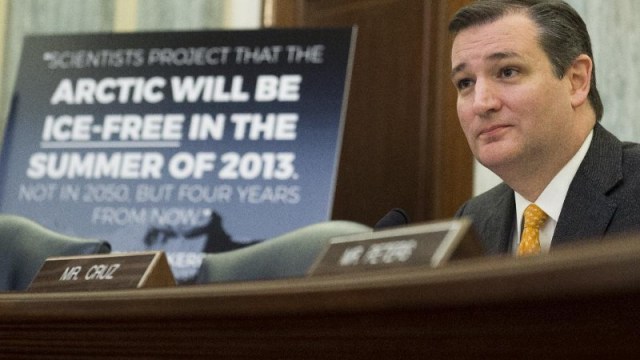Is Los Angeles Prepared for the Next ‘Big One?’
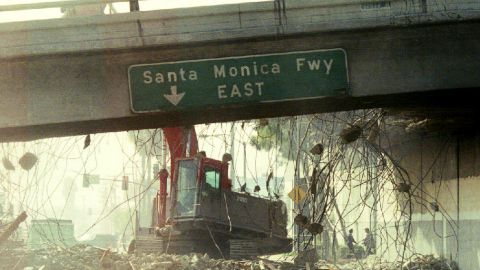
I remember my first one. It was an early Santa Monica morning when my bed started shaking. Having moved to Los Angeles a few months prior, I knew this was inevitable. That first didn’t last long, perhaps five seconds, but the helplessness you face during an earthquake is immediate and startling.
In the four-plus years since moving to this coast I’ve encountered perhaps a dozen tremors of note. Regardless of size, they always shock you. I suppose that’s because we’re accustomed to a stable planet, even as history teaches us the opposite. In general we enjoy the earth under our feet to stay where it is. The earth doesn’t really care about our wishes, however.
Landscapes were carved by the incessant shaking of billions of years. In his 1989 essay collection, The Control of Nature, John McPhee sums up Los Angeles:
A metropolis that exists in a semidesert, imports water three hundred miles, has inveterate flash floods, is at the grinding edges of two tectonic plates, and has a microclimate tenacious of noxious oxides will have its priorities among the aspects of its environment that it attempts to control.
Given that the veteran New Yorker writer foresaw Hurricane Katrina two decades before its arrival, his hopes for Los Angeles surviving the next big one are equally grim. As it turns out, he’s not the only one.
It’s been 159 years since the San Andreas fault unleashed a 7.9 magnitude quake. In that time, the system “has been wound very, very tight,” says the director of the Southern California Earthquake Center. The Pacific plate should be relieving sixteen feet of movement every century. We’re nowhere near that.
A 2008 survey estimates that another earthquake of that magnitude could result in $200 billion in damage along with 1,800 deaths—the latter is hard to estimate. In a recent NPR episode, California’s Seismic Safety Commissioner, Kit Miyamoto, notes that the Nepal earthquake on April 25, 2015 could have killed a million people if it had not happened on a Saturday. Fortunately schools and many businesses were closed; a day earlier and the toll would have well exceeded the 8,900 losses suffered.
Seismologist Lucy Jones believes that deaths are not the major concern, but that “we could lose our economy.” One obvious concern is water, which we are sorely lacking. If water mains are disrupted, it could take six months to get service back to everyone, which could account for $50 billion alone. This would also shut down numerous small businesses and force countless residents to relocate.
Host Tom Ashbrook notes that earthquakes change cities. The 1906 San Francisco quake might be why that city never became the ‘New York’ of California, to which Jones replies, the years following resulted in Los Angeles’s biggest growth decade ever. When basic public utilities are absent, people give up.
Incredibly, Los Angeles is in better shape than the Pacific Northwest. Kathyrn Schulz’s Pulitzer-winning article about a potential earthquake that could change the fundamental architecture of Washington and Oregon went viral last summer. She writes that the strongest quake the San Andreas fault can experience is an 8.2; deadly, though that’s only six percent as strong as the 2011 Japan quake, which could be replicated north of California. She continues,
When the next very big earthquake hits, the northwest edge of the continent, from California to Canada and the continental shelf to the Cascades, will drop by as much as six feet and rebound thirty to a hundred feet to the west—losing, within minutes, all the elevation and compression it has gained over centuries.
From my neighborhood to Alaska, pressure has been building for centuries. The reality is I might never see the ‘big one’ in my lifetime. In geological terms it could take millennia. The earth doesn’t date the way we do. As McPhee writes in his 660-page exhaustive survey of geology, Annals of the Former World,
The human mind may not have evolved enough to be able to comprehend deep time. It may only be able to measure it.
Given continued construction in the Hollywood hills, houses precariously perched on Baldwin Hills in my Culver City hood, and the quickly growing skyline of downtown, you have to wonder how prepared we are. You can never truly be ready for an earthquake; you can mostly only be lucky—luck combined with what little preparation we can muster. Sadly I know many earthquake kit-less Angelenos. We’re wired for reactivity, not for being proactive.
And so it lives in the backs of our minds, like a memory that hasn’t yet happened. The basin, surrounded on three sides by mountains pushed up by a time our minds cannot comprehend, lies in wait. This city was built by an industry of illusions that broadcasts its unrealistic realities globally—outside my apartment window the Sony lot is currently selling me angry birds and miracles from heaven. Perhaps the miracle is we’ve lasted this long, another illusion to be dispelled when the earth decides it’s time to move on.
—
Image: Timothy A Clary / Getty Images
Derek Beres is a Los-Angeles based author, music producer, and yoga/fitness instructor at Equinox Fitness. Stay in touch @derekberes.
